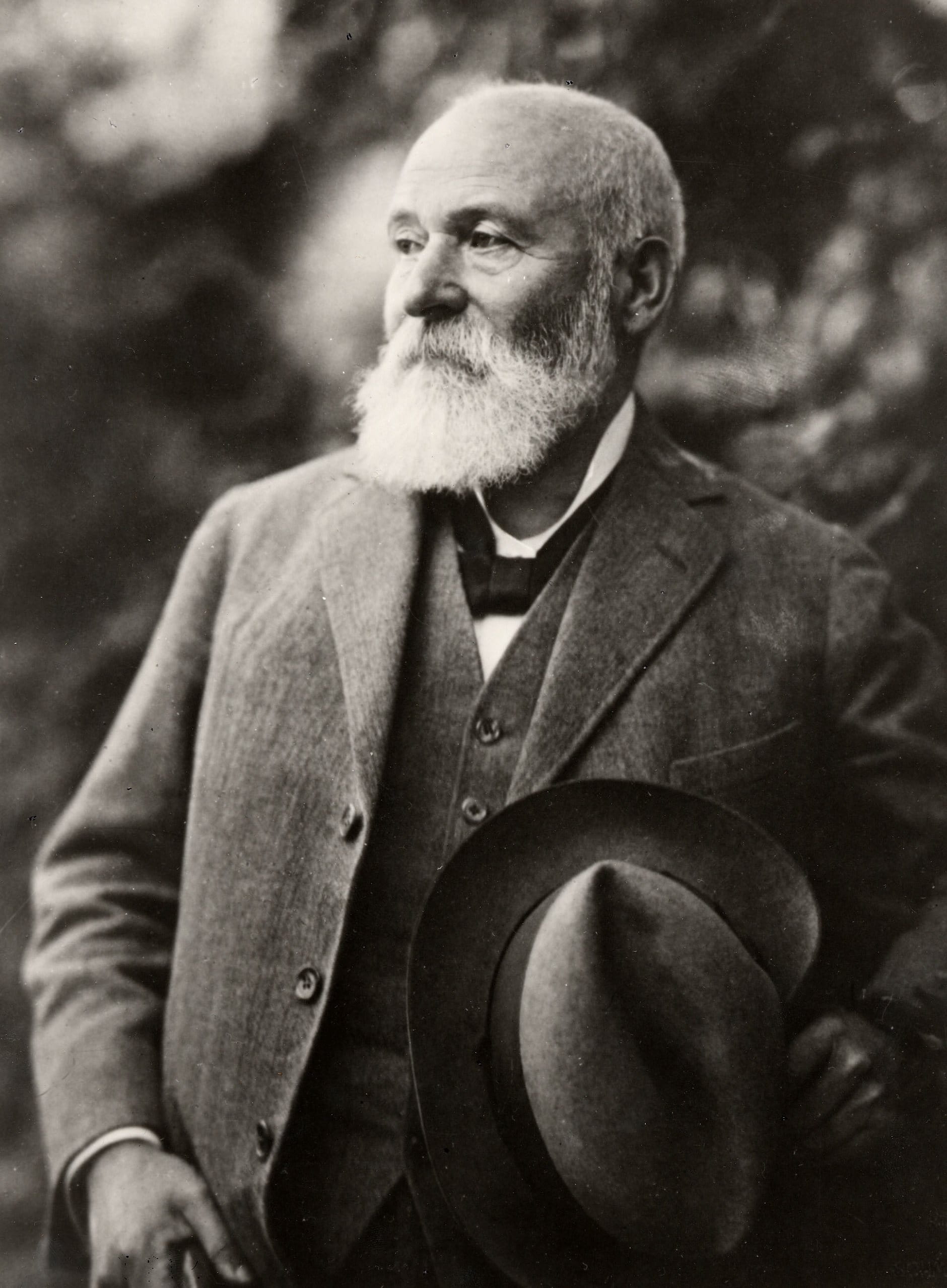Prof. Dr. Paul Gerson Unna
The most famous freelancer in company history and the most well-known and important dermatologist of his time was born in 1850 in Hamburg. After he graduated from high school, Unna studied medicine at the Universities of Heidelberg, Leipzig and Straßburg. In 1881, he opened a private dermatological clinic on Dammtorstraße in Hamburg. At this time, he first met Paul C. Beiersdorf, in close collaboration with whom he developed a process for the manufacture of coated plasters – the very product on which our company was founded in 1882.
Unna also got on well with Beiersdorf’s successor, Dr. Oscar Troplowitz, and they continued the successful collaboration. Upon his recommendation, Troplowitz hired the chemist Dr. Isaac Lifschütz who invented the emulsifier Eucerit, the basic substance and the key to the uniqueness of NIVEA Creme. With Unna’s prestigious names, products like NIVEA Soap, released in 1906, were sold as well. In 1907, the Hamburg Senate gave him the title of Professor, in 1908, he became head physician at the Hamburg-Eppendorf Hospital. The year the University of Hamburg was founded, 1919, he became an official honorary professor and received the first chair for dermatology. All his life, Unna understood the importance of combining clinical and experimental research symbiotically. He died in 1929 in his hometown at the age of 79 and left behind a breadth of research for posterity.

Unna also got on well with Beiersdorf’s successor, Dr. Oscar Troplowitz, and they continued the successful collaboration. Upon his recommendation, Troplowitz hired the chemist Dr. Isaac Lifschütz who invented the emulsifier Eucerit, the basic substance and the key to the uniqueness of NIVEA Creme. With Unna’s prestigious names, products like NIVEA Soap, released in 1906, were sold as well. In 1907, the Hamburg Senate gave him the title of Professor, in 1908, he became head physician at the Hamburg-Eppendorf Hospital. The year the University of Hamburg was founded, 1919, he became an official honorary professor and received the first chair for dermatology. All his life, Unna understood the importance of combining clinical and experimental research symbiotically. He died in 1929 in his hometown at the age of 79 and left behind a breadth of research for posterity.
